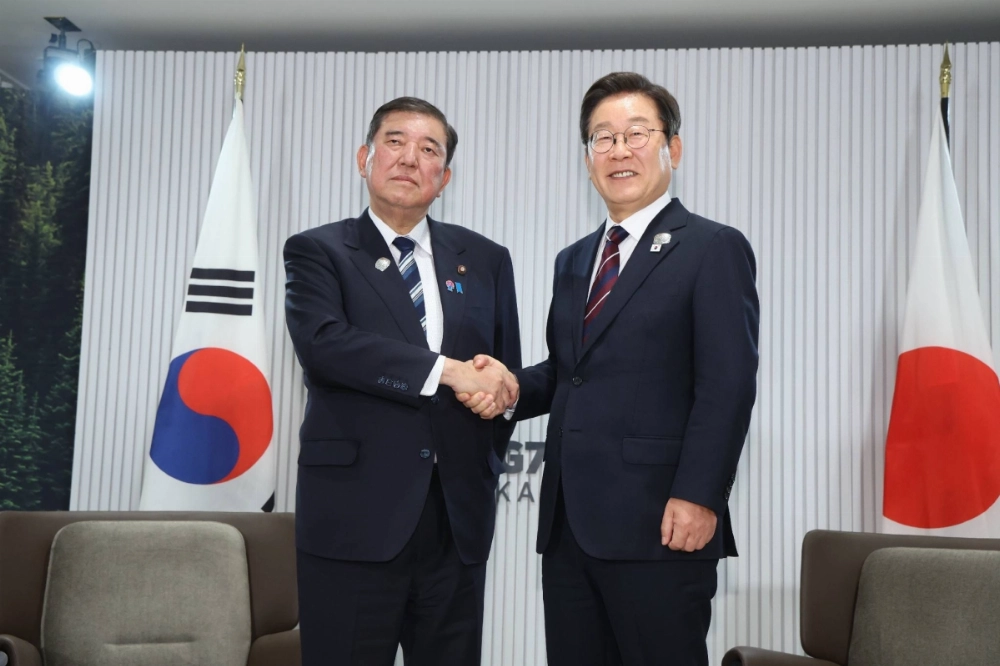When Japanese Prime Minister Shigeru Ishiba and South Korean President Lee Jae-myung stepped into the summit room in Tokyo, the scene carried profound symbolism. After 17 years of silence in joint declarations, the two countries publicly affirmed a renewed commitment to cooperation. This moment, long anticipated but never guaranteed, marks not only a thaw in frosty bilateral ties but a strategic recalibration with implications that stretch well beyond East Asia.
Breaking a 17-Year Deadlock
The August 2025 summit represents a dramatic shift in a relationship fraught with historical tension. Since their last joint statement in 2008, Japan and South Korea have struggled through recurring disputes over Japan’s wartime legacy, compensation for forced laborers, and competing territorial claims over the Dokdo/Takeshima islets. These tensions calcified into diplomatic deadlock, with both governments often resorting to symbolic gestures of protest rather than substantive engagement.
Trade disputes further deepened the divide. In 2019, Japan imposed export controls on key materials used in South Korea’s semiconductor industry, prompting retaliatory measures from Seoul. Nationalist rhetoric on both sides solidified the notion that reconciliation was unlikely without drastic political change.
The 2025 summit therefore carries unique weight. It is not merely a formal dialogue, but a deliberate strategic decision to reverse years of hostility. Both Ishiba and Lee face domestic skepticism, yet have chosen to meet in the middle—signaling a readiness to move past entrenched grievances and toward common purpose.
A Partnership Built on Shared Interests
The joint statement unveiled by both leaders emphasizes collaboration across a broad spectrum of challenges. Key areas include regional security, trade liberalization, climate action, and technological innovation. Notably, both governments agreed to pursue joint initiatives in artificial intelligence, green energy, and cybersecurity—fields that not only promise economic growth, but also demand multilateral cooperation to manage risks.
One particularly forward-looking component of the agreement is the renewed emphasis on cultural and educational exchanges. By investing in youth mobility programs and academic partnerships, the two nations aim to break the cycle of inherited animosity. This approach acknowledges a crucial truth: public sentiment, shaped by historical narratives, must evolve for diplomacy to have lasting effects.
Why Now? Strategic Calculations Behind the Shift
The timing of this diplomatic pivot is not accidental. Both countries face rising external pressures that have made isolationist posturing less tenable.
North Korea continues to develop its missile and nuclear capabilities, posing a shared security threat. At the same time, China’s assertiveness in the East and South China Seas has triggered strategic anxiety in both Tokyo and Seoul. Meanwhile, the global implications of Russia’s war in Ukraine have underscored the fragility of global energy markets and supply chains.
Against this backdrop, cooperation between Japan and South Korea has become a strategic necessity rather than a political ideal. The United States, a longtime ally to both, has consistently encouraged trilateral alignment, but this summit suggests that Tokyo and Seoul are now taking ownership of that goal on their own terms. As one regional analyst put it, “They are no longer cooperating because Washington asks them to. They are cooperating because the world demands it.”
Regional and Global Implications
Improved relations between Japan and South Korea could significantly alter the geopolitical landscape in Northeast Asia. Their alignment strengthens the U.S.–Japan–Korea trilateral framework, allowing for more coherent policies on sanctions enforcement, supply chain resilience, and regional deterrence.
Economically, this reconciliation could unlock stalled trade opportunities. With export controls and tariffs potentially eased, companies in key sectors especially semiconductors, batteries, and advanced materials may benefit from more predictable cross-border collaboration. This is not just a regional matter. Given the global reliance on East Asian tech manufacturing, a stable Japan–South Korea partnership could have ripple effects across global markets.
The joint commitment to climate leadership and clean energy innovation may also influence global environmental policy. If Tokyo and Seoul can align their carbon neutrality targets and invest jointly in green technologies, they could emerge as key voices in forums like the G7, G20, and COP summits.
Cautious Optimism and Remaining Hurdles
Despite the hopeful tone, significant challenges remain. Nationalist factions in both countries continue to resist reconciliation, often framing cooperation as a betrayal of historical justice. Public opinion is volatile and may shift quickly if new provocations arise—such as textbook revisions, diplomatic missteps, or cultural controversies.
Furthermore, political cycles may disrupt momentum. If either country undergoes a change in leadership, there is a risk that hard-won progress could unravel. Sustained cooperation will require consistent communication, mutual respect, and institutional frameworks that outlast electoral shifts.
Still, the symbolic power of this moment cannot be overstated. For two nations with a long and painful history, the decision to issue a joint statement after nearly two decades suggests a sincere effort to redefine the future.
Looking Forward
Prime Minister Ishiba and President Lee have taken a bold step. Their decision to prioritize collaboration over confrontation represents not only a political maneuver but a moral stance: that shared security, prosperity, and resilience are worth pursuing even amid historical complexities.
If this new partnership holds, it could become one of the most consequential diplomatic developments in Asia in the 21st century. It may also serve as a model for other nations grappling with the legacies of conflict: showing that, while history cannot be changed, the future can still be chosen.
The handshake in Tokyo stands as more than a photo opportunity. It is a reminder that reconciliation, however difficult, is possible when leaders dare to lead.

